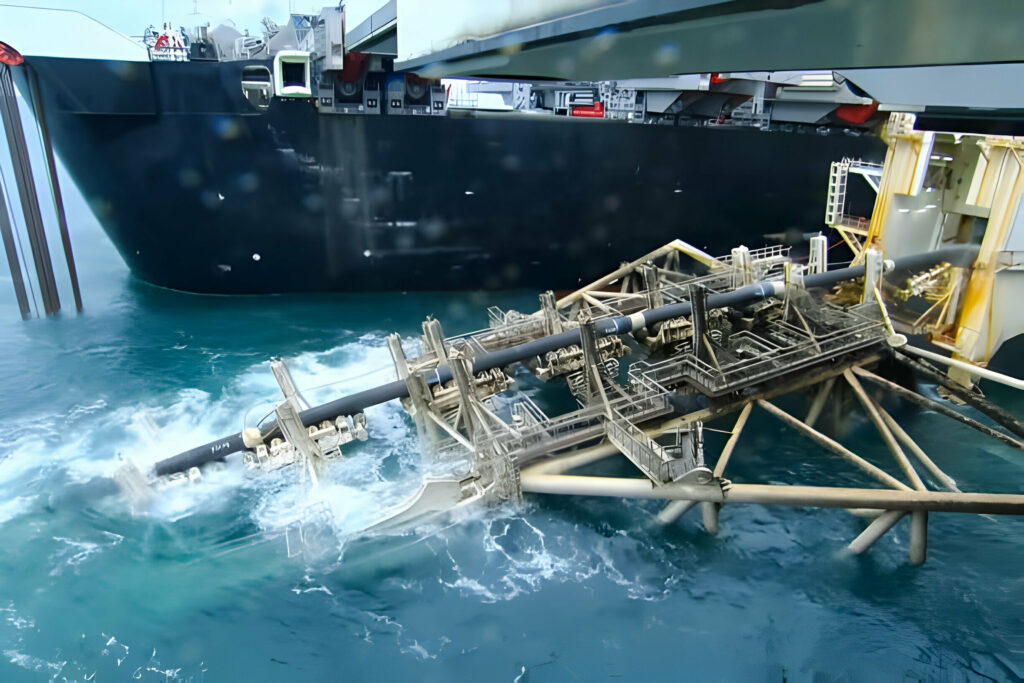
Coastal areas play a vital role in the economy, environment, and overall well-being of many nations. As urbanization and industrialization continue to expand, the need for infrastructure in these areas has grown significantly. This has led to the increasing importance of underwater construction in developing and protecting coastlines. From creating new infrastructure to reinforcing existing structures, underwater construction techniques are essential for maintaining and enhancing coastal areas. In this article, we’ll explore the role of underwater construction in coastal development and protection, and how it contributes to the long-term sustainability of these crucial environments.
The Importance of Coastal Development
Coastal regions are often the focal points of economic activities such as tourism, fishing, trade, and transportation. The development of ports, harbors, roads, bridges, and other infrastructure is critical for supporting these industries. However, coastal development also comes with its unique set of challenges, particularly when it comes to the environment and sustainability.
Coastal areas are subject to natural hazards such as rising sea levels, erosion, extreme weather events, and strong tidal forces. These challenges require innovative solutions, many of which are made possible by underwater construction. By using specialized tools and techniques, engineers can build resilient infrastructure, protect vulnerable coastlines, and support both economic and environmental sustainability.
Key Roles of Underwater Construction in Coastal Development
Underwater construction is pivotal in creating and maintaining the foundation for various infrastructure projects that contribute to coastal development. Some key areas in which underwater construction plays a role include:
1. Port and Harbor Construction
Ports and harbors are essential for trade and transportation, making the construction of these facilities a primary focus for underwater engineers. Underwater construction enables the creation of port foundations, docking areas, and breakwaters—structures that help protect vessels and ensure smooth operations.
- Foundations and Piers: Piers and docks are typically built using concrete or steel foundations that must be placed underwater. Specialized techniques like underwater drilling, pile driving, and underwater welding allow for the construction of stable piers that can withstand water currents, pressure, and corrosion.
- Breakwaters and Seawalls: To protect harbors and ports from rough seas and storm surges, engineers build breakwaters and seawalls. These underwater structures act as barriers that absorb the impact of waves, preventing erosion and damage to vital infrastructure.
2. Coastal Erosion Control
Coastal erosion is a natural process exacerbated by rising sea levels and human activity. Erosion can weaken shorelines, displace ecosystems, and threaten coastal infrastructure. Underwater construction plays a crucial role in mitigating erosion through the creation of structures that act as barriers to protect against the loss of land.
- Revetments and Riprap: These are sloped structures made from rocks or other durable materials that are placed along the shoreline to prevent erosion. Underwater construction techniques allow these materials to be placed precisely where they are most effective in absorbing wave energy.
- Artificial Reefs: One of the innovative ways to combat coastal erosion is through the creation of artificial reefs. These reefs, made from concrete or other materials, are placed underwater to reduce wave energy, provide marine habitats, and help stabilize the coastline. By reducing the impact of waves, artificial reefs also minimize the erosion of nearby shorelines.
3. Flood Protection and Storm Surge Barriers
Coastal areas are particularly vulnerable to flooding, especially during storms, hurricanes, or extreme weather events. Storm surges can cause significant damage to infrastructure and local communities. Underwater construction is integral to building flood protection measures such as storm surge barriers and tidal gates.
- Tidal Gates: These are barriers built in harbors, rivers, or other inlets to prevent the rise of seawater during storm surges. Tidal gates open to allow water to flow naturally but close when water levels rise, effectively preventing flooding in urban areas.
- Storm Surge Barriers: These large-scale, submerged structures are designed to protect coastal cities and infrastructure from the devastating effects of storm surges. Constructing these barriers requires advanced underwater techniques to create massive walls and barriers that can stand up to intense water pressure and wave impact.
4. Subsea Cable and Pipeline Installation
Underwater construction is essential in the installation of subsea cables and pipelines, which are crucial for modern energy and communication systems. Coastal energy infrastructure, such as offshore wind farms, requires subsea power cables to connect turbines to the mainland grid, while pipelines are necessary for transporting oil, gas, and water from offshore fields to land-based processing plants.
- Subsea Cables: Underwater construction methods are used to bury and secure subsea cables that transmit electricity, telecommunications, and internet services. These cables need to be installed at varying depths and along specific routes to avoid damage from currents, marine life, and human activity.
- Offshore Pipelines: Oil and gas pipelines are often laid on the seafloor or buried beneath it. Engineers use specialized equipment such as remotely operated vehicles (ROVs) to assist in the laying, welding, and monitoring of these pipelines to ensure their structural integrity and functionality.
The Role of Underwater Construction in Coastal Protection
Beyond the development of infrastructure, underwater construction is also essential in protecting coastlines from the numerous threats posed by the changing environment. Rising sea levels, flooding, erosion, and storm surges are increasingly pressing concerns for coastal communities and ecosystems. Engineers are continually developing solutions to safeguard both natural and man-made environments.
1. Habitat Restoration and Protection
Coastal ecosystems, such as mangroves, coral reefs, and seagrass meadows, are crucial for maintaining biodiversity, protecting shorelines, and providing ecosystem services. Underwater construction helps protect these habitats by designing and building systems that mitigate human impact and reduce environmental degradation.
- Coral Reef Restoration: Coral reefs are vital to marine life and coastal protection, but they are at risk due to climate change and human activities. Engineers are developing underwater structures that support coral growth and restore damaged reefs by providing stable surfaces for coral to attach to and grow.
- Mangrove Restoration: Mangrove forests act as natural barriers against storms and erosion. Underwater construction can assist in rebuilding these habitats by constructing submerged structures that support the growth of mangroves and other coastal plants.
2. Marine Protected Areas (MPAs)
Marine protected areas are designated zones in which human activities are restricted to preserve marine ecosystems. Underwater construction is involved in creating boundaries for these protected areas by designing underwater markers, buoys, and other infrastructure that ensure compliance with regulations and protect sensitive areas from illegal fishing and other disruptive activities.
Technological Innovations in Underwater Construction for Coastal Development
As climate change and human activity continue to affect coastlines, the need for innovative solutions has led to advancements in underwater construction technologies. These innovations enable engineers to carry out complex tasks in deep, hazardous waters with greater precision and efficiency.
- Robotics and Remote Operated Vehicles (ROVs): The use of ROVs allows engineers to remotely inspect, monitor, and even repair underwater structures without requiring divers. These robots can operate in dangerous conditions where human intervention is difficult or impossible, providing a safer and more cost-effective way to carry out tasks.
- 3D Printing and Additive Manufacturing: Cutting-edge 3D printing techniques are increasingly being used in underwater construction. These methods allow for the creation of custom-designed structures, such as artificial reefs or specialized foundation components, directly on the seafloor.
Conclusion
Underwater construction plays an essential role in both the development and protection of coastal areas. From building resilient infrastructure to preventing erosion, flooding, and habitat destruction, underwater techniques enable engineers to create solutions that safeguard coastal environments for future generations. As technologies continue to evolve, underwater construction will remain a key factor in maintaining the balance between human development and environmental sustainability in the coastal regions we rely on.
